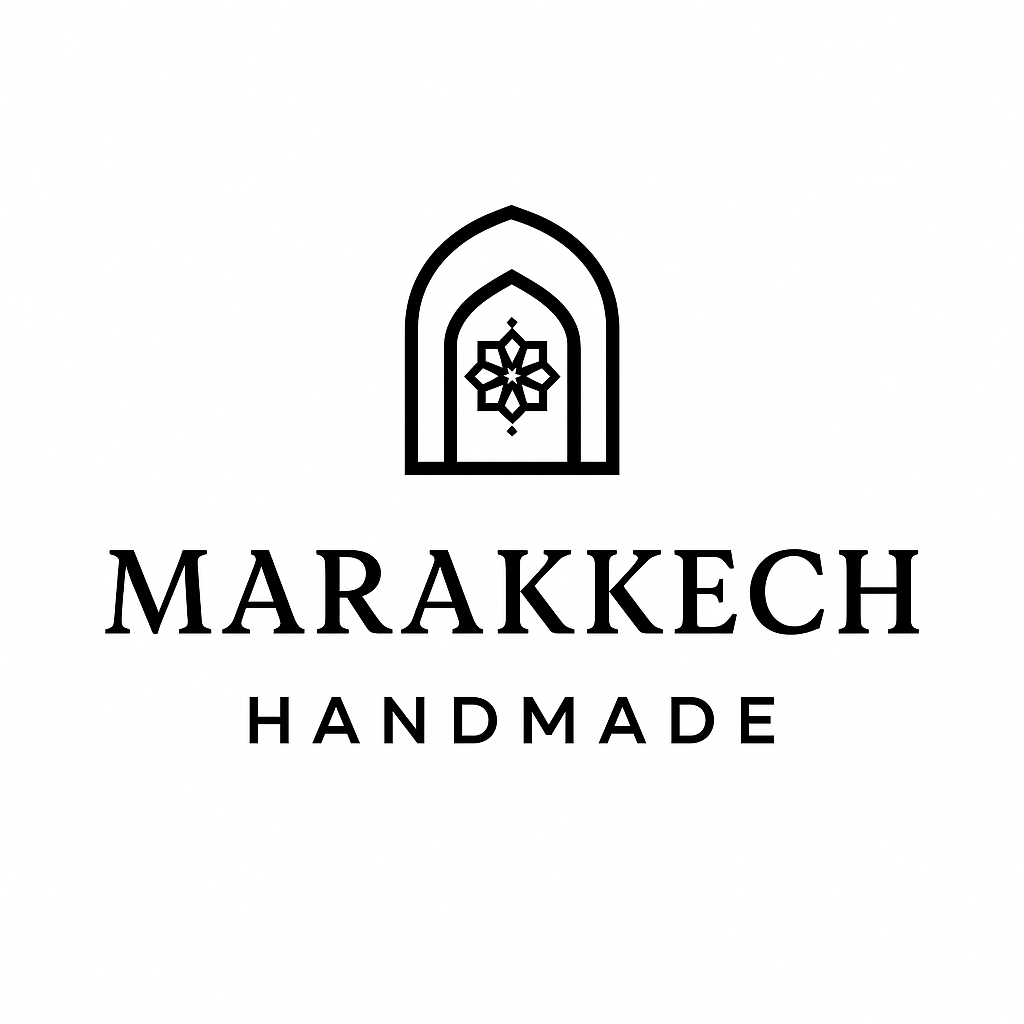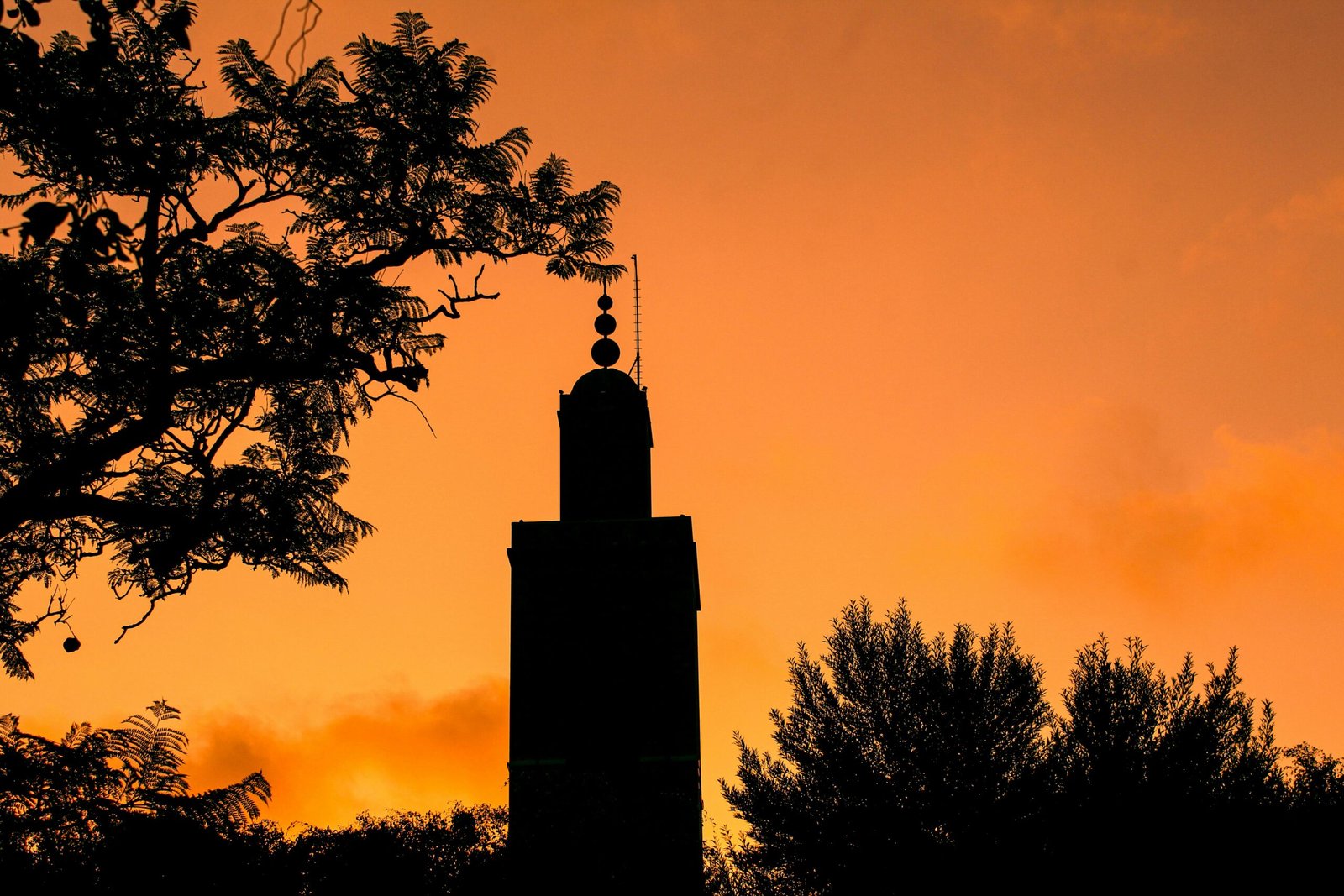
Leather & Slippers
“From tanneries of Marrakech, crafted for life.”
From Marrakech tanneries to your hands — high-quality leather bags, poufs, and belts, all handcrafted using century-old techniques.
Marrakech’s Tanneries: A Living Legacy of Leather Artistry
Origins and Urban Legacy
Marrakech’s leather heritage stretches over a millennium. The city’s earliest tanners settled east of the medina, near the Issil River, taking advantage of water access and isolating themselves due to the strong odor of the craft
Central to this tradition is Bab Debbagh—the Gate of the Tanners—named for its proximity to long-established tanneries since the city’s 11th-century founding under the Almoravids Another, now largely vanished tannery district near Riyāḍ Laʿrūs also existed in the Saadian era, evidenced by aerial photographs and early-20th-century records
Century-Old Techniques Still Alive
Marrakech’s tanneries exemplify continuity. The methods have remained largely unchanged since medieval times:
Softening & Cleaning – Hides are soaked in vats containing lime, water, salt, and animal urine. Workers knead and scrape the hides directly, even entering the vats themselves
Foul-Smelling Soaks – Pigeon droppings are added to soften the leather. The intense scent is legendary—tourists are often offered mint to mask the smell
Natural Dyeing – The leather is dipped into colored vats made from plant-based pigments:
Red: poppy
Blue: indigo
Orange: henna
Brown: cedar
Green: mint
Yellow: saffron
Drying – After dyeing, skins are sun-dried before being handed to leather artisans who craft everything from babouches to jackets
Social and Symbolic Layers
The tannery is not just a workspace—it is woven into Marrakech’s social and spiritual fabric. Ethnologist Danièle Jemma-Gouzon in the 1960s described tanning as symbolic “resurrection,” giving new life to animal skin. The process conditions—soaking, breathing, transforming—were seen as animated, even spiritual, acts
Moreover, male artisans typically inherit their craft, reinforcing guild-like traditions. The work is both physically grueling and sustained by ancestral knowledge
Cultural Scope and Impact
Leather from Marrakech is deeply integrated into Moroccan identity:
Economic Value: Leatherwork is a major export. Marrakech, especially its southern craft districts, remains a key hub for processing and marketing leather, alongside carpets
Iconic Products: Think soft slippers (babouches), richly colored poufs, embroidered bags, satchels, coats, poufs, and jewelry boxes, each a testament to artisans’ precision
Global Recognition: The very term morocco leather (from French maroquin) denotes fine, vegetable-tanned goat leather—alluding to the legacy of Moroccan craftsmanship
From Tannery to Art Oasis: Elevating Leather in Marrakech
Nestled just beyond Bab Debbagh, the tannery district pulses with tradition. Early morning, artisans descend to the pits—a honeycomb of dye vats in radiant colors. Each laborer’s stained forearms bear witness to centuries-old practices, live and tactile
Visitors experience this all: winding through medina alleys, ascending old staircases to vantage points overlooking boiling vats, vibrant hues, and rows of drying hides. Scents, sights, and history converge in a sensory portal to the past
Why It Matters
Craftsmanship Preservation: Marrakech’s tanneries are not museums; they are working relics that uphold a living tradition.
Cultural Storytelling: Through every hide and dye bath, they narrate Marrakech’s history—from Almoravid trade to modern artisanal pride.
Material Beauty and Meaning: The final leather goods are as rich in soul as they are in hue, embodying centuries of skill and symbolic meaning.
Marrakech leather Goods
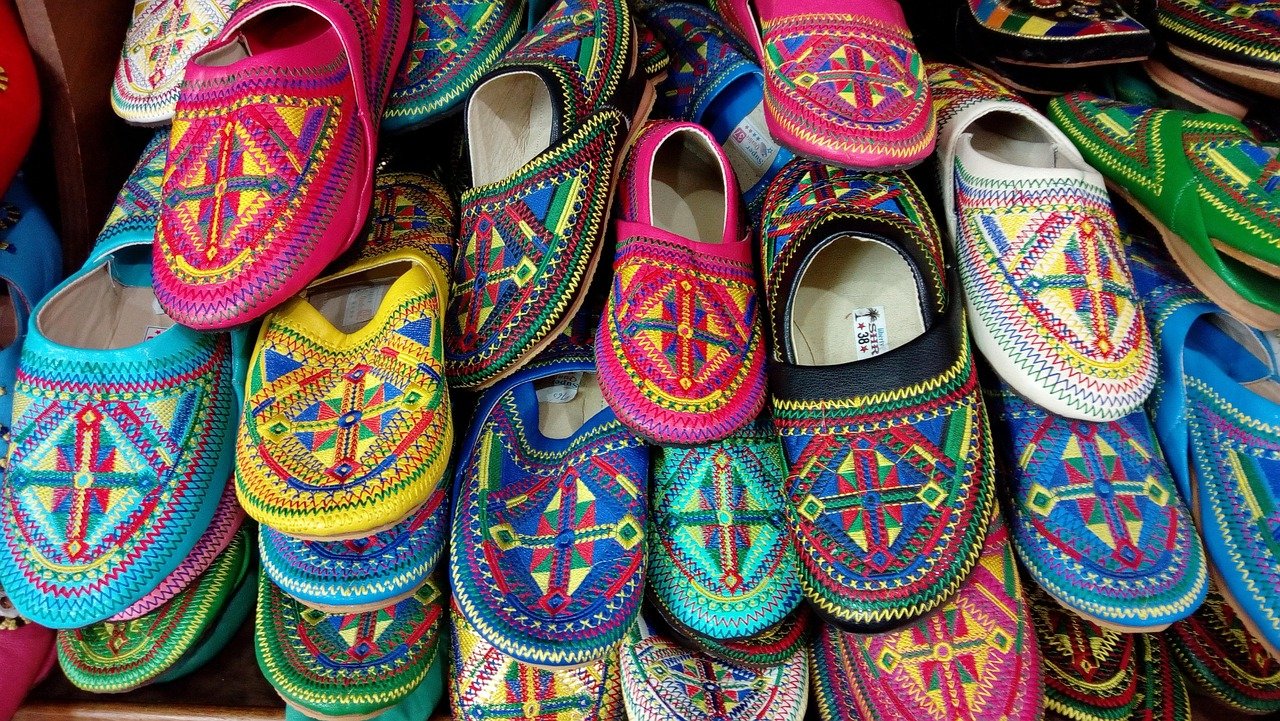
Traditional Wearables
From the iconic babouche slippers to finely stitched belts and supple jackets, Marrakech leather wearables blend comfort with centuries of tradition. Each piece is handmade, carrying the soul of the tannery into daily life.
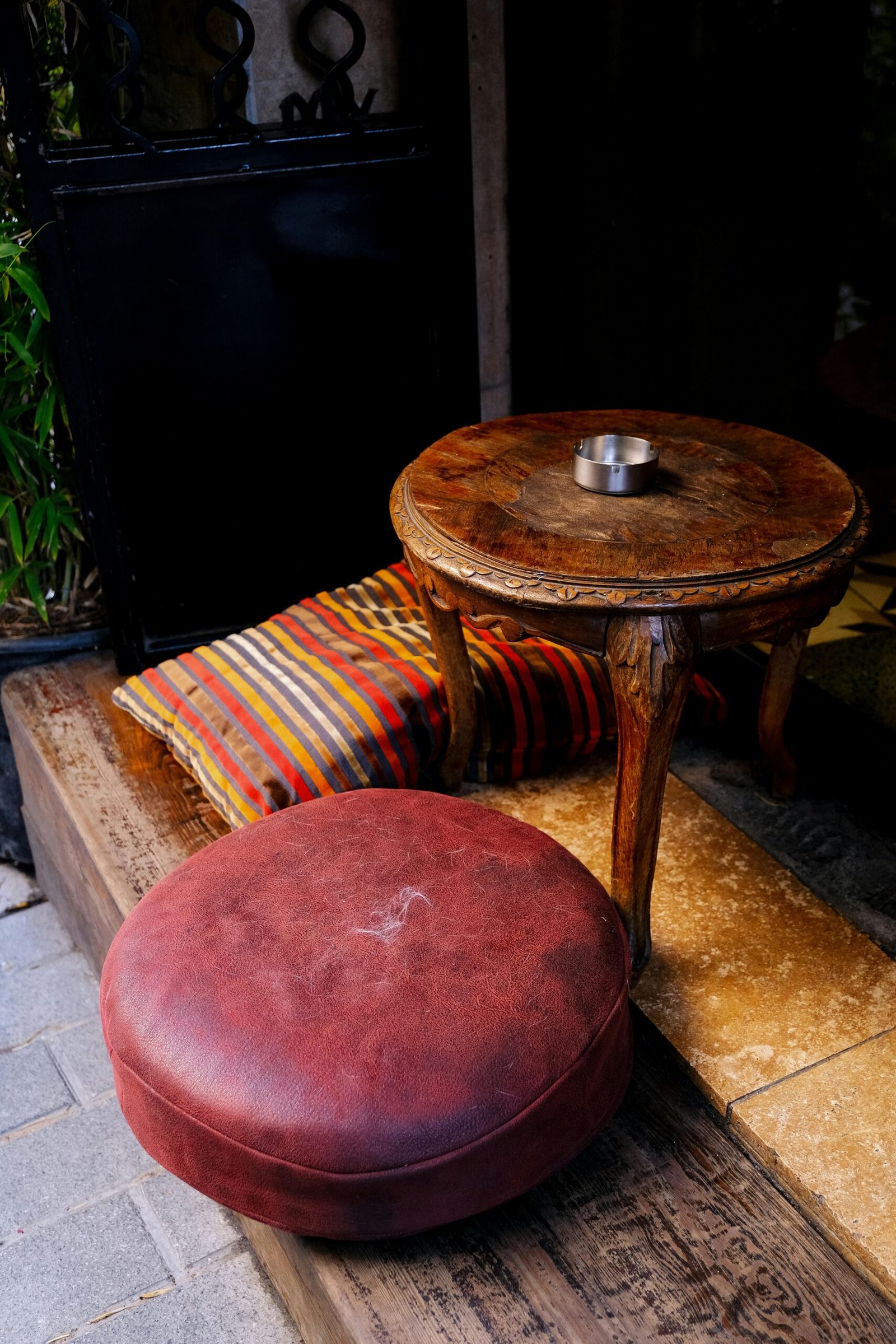
Home & Interior Leather
Richly dyed poufs, cushions, and wall hangings bring warmth and artistry into Moroccan homes. These pieces are not just décor but symbols of hospitality and refinement in Marrakech culture.
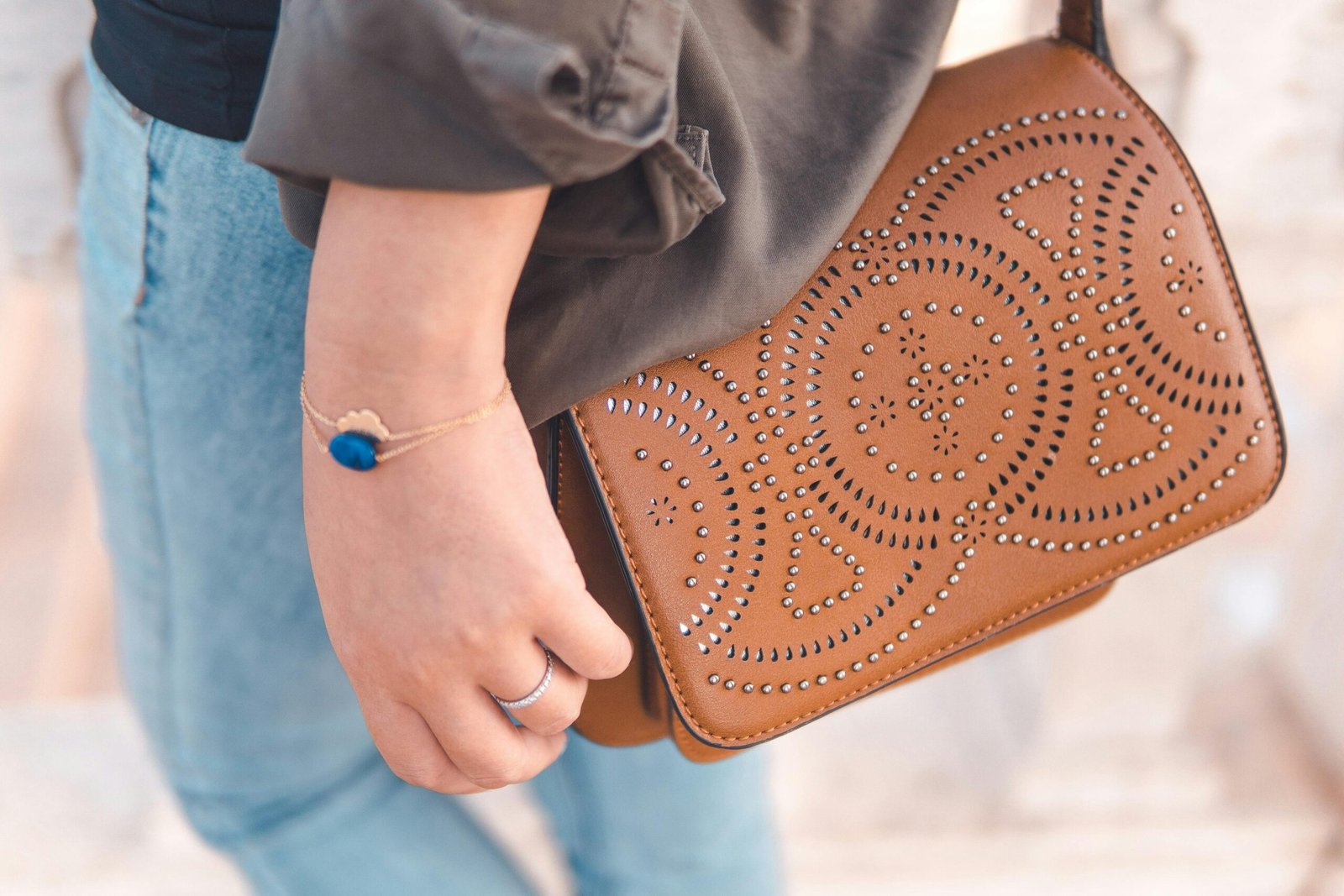
Accessories & Fine Craft Objects
From handbags and satchels to jewelry boxes and luxury book covers, Marrakech leather artisans create refined objects that unite practicality with timeless elegance. Each accessory reflects Morocco’s global legacy of leatherwork.
The Most Famous Marrakech learher goods
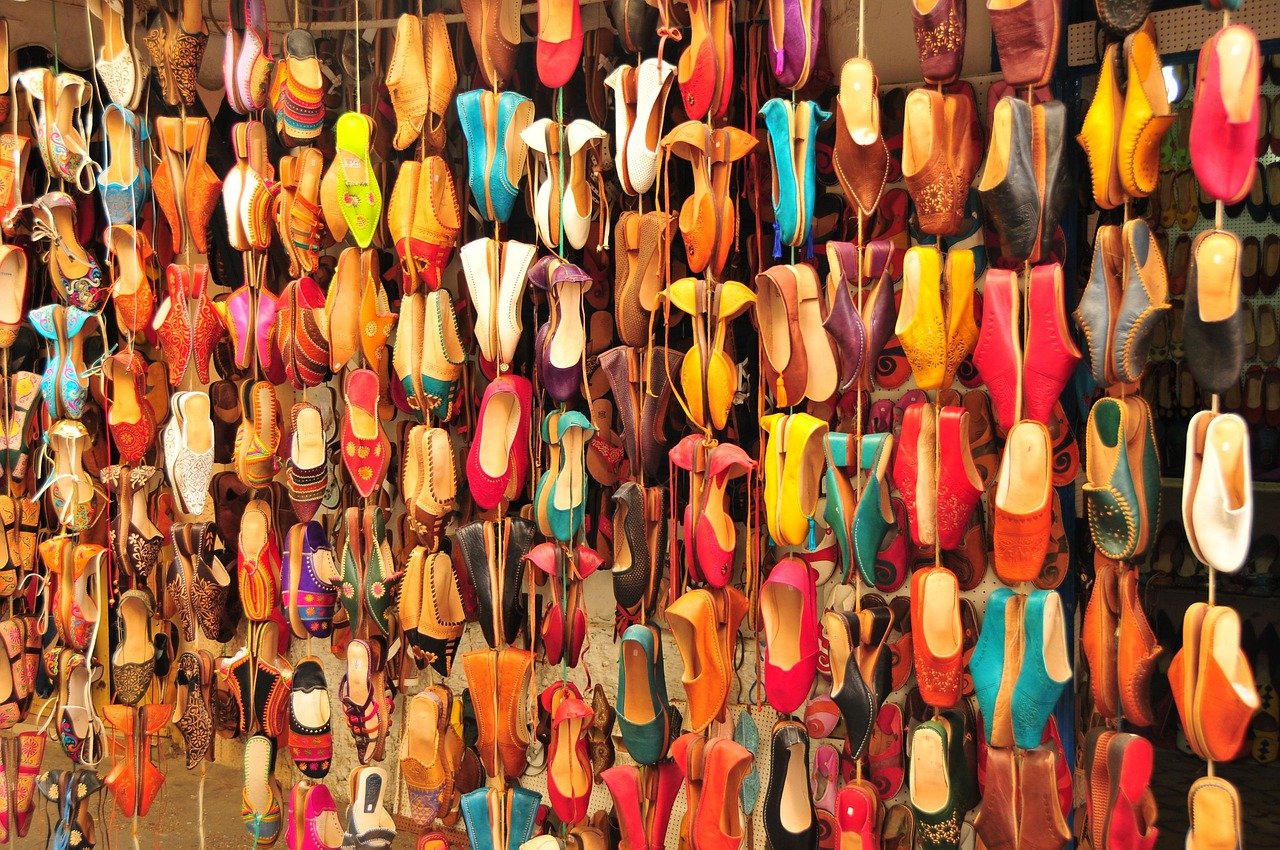
Babouche Slippers
Soft, hand-stitched leather slippers in vibrant colors, iconic to Moroccan streets and medina markets. Each pair reflects centuries of comfort, style, and craftsmanship.

Leather Poufs & Ottomans
Round, stuffed poufs dyed in rich hues, hand-stitched with intricate patterns. These are both functional furniture and pieces of living art for homes worldwide.
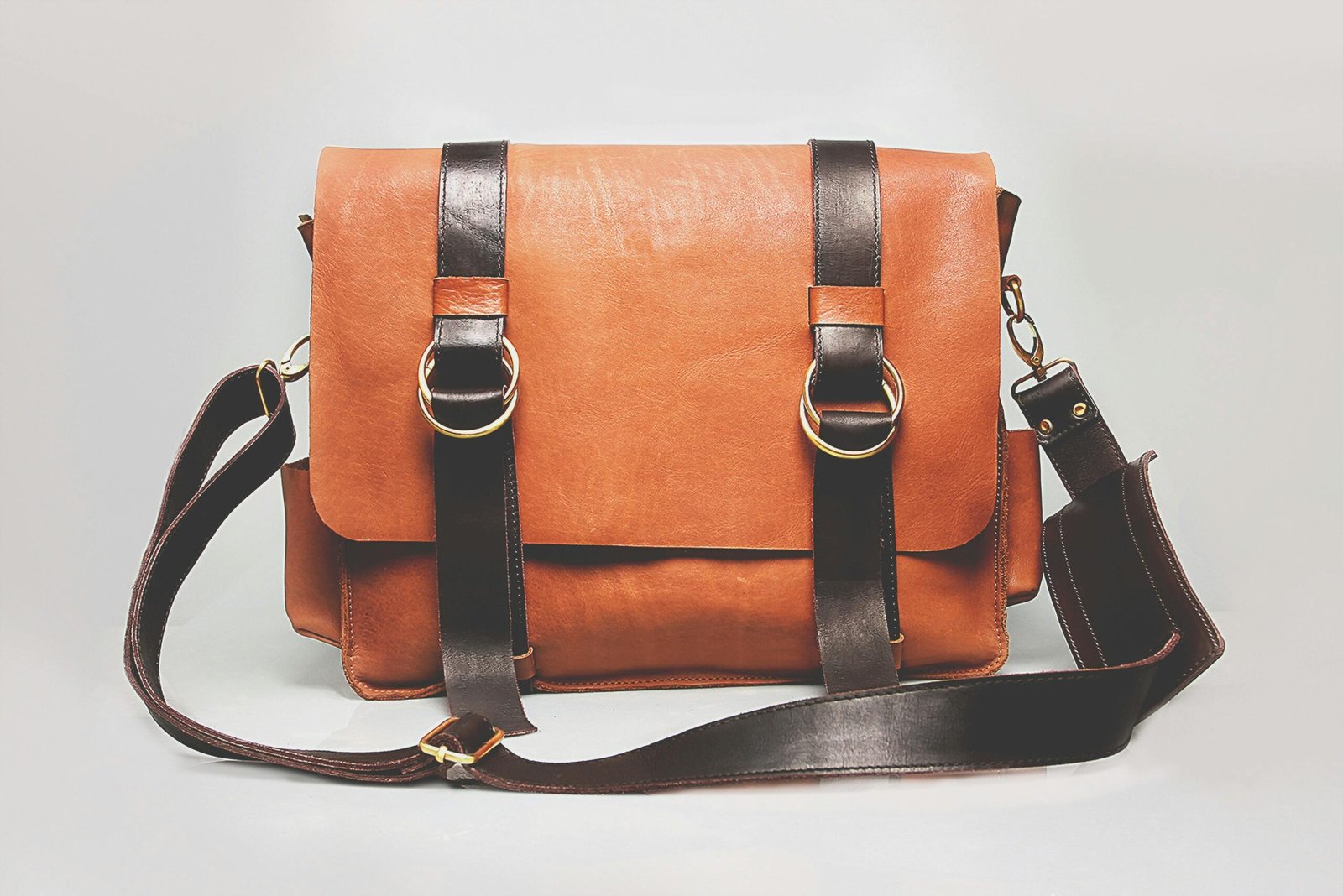
Handbags & Satchels
Artisan-crafted bags made from supple, dyed leather. Each combines practicality and elegance, showcasing the skill of Marrakech tanners.
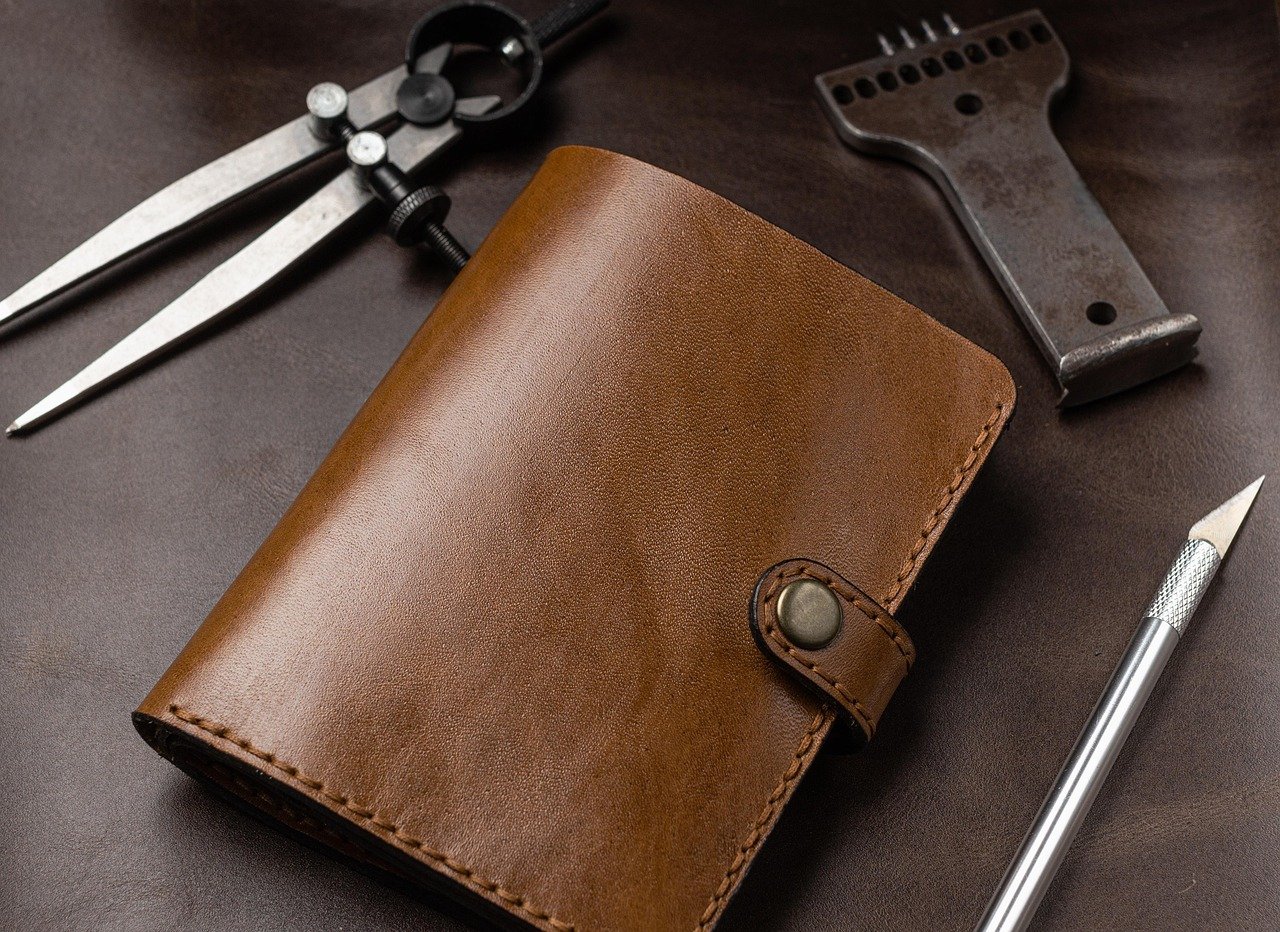
Leather Jewelry Boxes & Accessories
From ornate jewelry boxes to notebooks and small cases, these items reveal the precision and creativity of Marrakech leather artisans, celebrated globally for their beauty and durability.
How to Identify Authentic Marrakech Leather Goods
Authentic Marrakech leather is a celebration of craftsmanship, culture, and tradition. Handmade by skilled artisans, true pieces show natural variations in texture, color depth, and stitching. Each bag, pouf, or babouche carries a fragment of Morocco’s rich artisanal legacy.
